One of the things I’ve tried to do a lot more in the last few years is practice.
Practice, practice, practice.
Basically, I try to do as much as I can for every format that I foresee in my immediate future. In the lead in to GP Las Vegas, for example, two of the
Madison guys spearheaded the creation of a Modern Masters 2015 Cube so that we could essentially try to get in as much practice as possible with a
facsimile of what Modern Masters Draft and Sealed would be like before we got to the event.
This ended up meaning that by the time the Grand Prix came around, we’d gotten in a ton of practice, even though the set had only been out a short while.
Right now, there have been two formats I’ve been focusing my energy on. One is Modern, in prep for the Pro Tour, still long off. The other is Battle for Zendikar Limited, both Sealed deck and Draft.
Battle for Zendikar
is somewhat explored at this point, but one of the things that I think is really important is to get in enough work to be able to understand the relative
quality of a Sealed pool.
What do I mean by that?
Well, so often I’ll have someone show me a Sealed pool, and typically what they’ll do is tell me how good that pool is. The common refrain is that “Oh, my
god, this pool is good!” or “Oh, my god, this pool is insane!”
The problem is, all of those values are actually relative to the values of other Sealed pools.
Let’s imagine a Sealed pool as existing in a universe of all of the potential six card packs in existence. The quality of these pools can thus be imagined
to exist on a bell curve:

Once you’ve started to really get intimate with a Sealed format, you can begin to understand that just because you have a Gideon, Ally of Zendikar, 3 Touch
of the Void, 2 Outnumber, 3 Sheer Drop, 3 Gideon’s Reproach, and solid other cards, it doesn’t mean you have a 90% deck on the bell curve. (I actually had
that pool in a Sealed deck recently.)
You don’t need a 99% deck to go undefeated in the Sealed portion of an event. But recognizing where you are in the curve of pools can be key to
understanding how conservatively or wildly you need to build a pool. An incredible Sealed pool is best supported by conservative choices so that you can
preserve the integrity of the card quality. A weak pool could be better served by some choices that require that you choose slightly more erratic potential
results.
If you’ve got a pool that is in the 60th percentile of Sealed pools, there are a great deal of decks that it is better than, but it isn’t so far off the
beaten path that you should be celebrating. The big thing that people forget when they’re looking at their pool and thinking how excellent it is, is that
in a fairly large Sealed event, there are going to be another hundred people opening up pools, so, the pool you think is excellent (with little
experience) is likely to be much closer to a 60% or 70% deck on the curve than you realize.
If you get to an event that numbers in thousands or more, you are truly going to have the potential to be in a room where numerous people have god
decks. This is just exacerbated by the way that foils and mythics impact the strength of a Sealed pool.
Of course, whenever you prep for an event like #GPAtlanta, where it is a Limited Grand Prix, and you have a split between Sealed deck and Draft, there is
only so much time. Presuming you have taken the time to already get in a ton of drafts and a handful of Sealed decks, one thing you can do is “slow open” a
Sealed deck to talk about each pack of the six packs of the Sealed deck as a Pack 1/Pick 1.
I want to share one recent deck I had where me and a friend did just that, just so you can see the exercise in action. The goal of this exercise is to get
the perspective of another person (especially if they have a wildly different sense of draft in a format, but are succeeding), as well as get in some
Sealed deck practice, but wrap it into the same set of packs. Doing this, you only have to open six packs, but you get more than just a Sealed deck
practice session.
Let’s go!
Pack 1
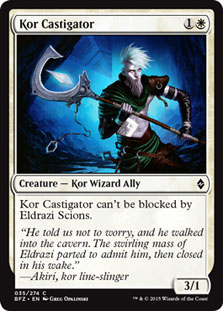
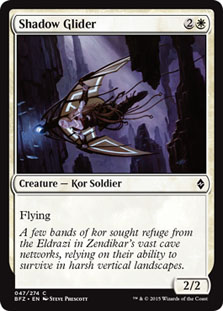
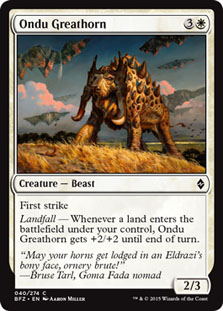


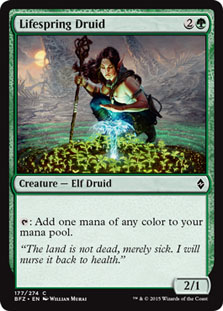
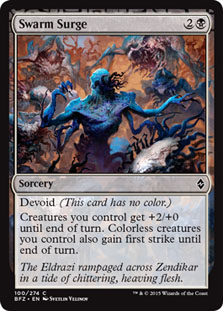
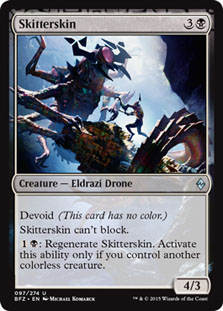
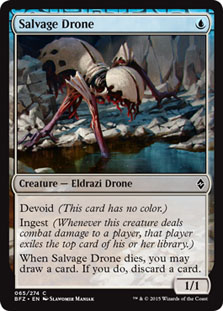
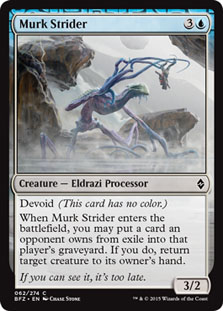

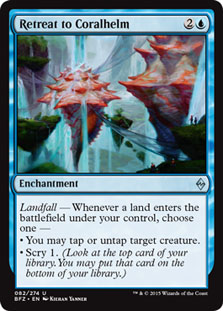

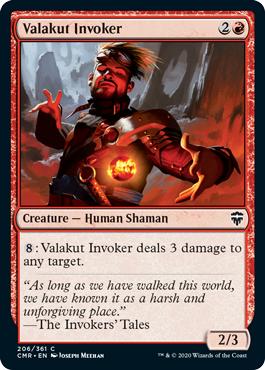
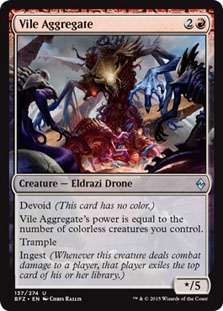
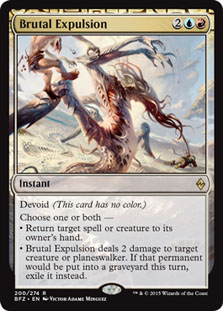

This was an easy one for me. I immediately gravitated towards Brutal Expulsion. This card is actually a very powerful card, and while I think it is more
powerful in Sealed deck than in Draft, I love the card in several different archetypes (Green Converge, two- and three-color White Control, R/U Devoid, and
more).
My friend was definitely strong on Vile Aggregate since he preferred to simply commit to a single color, and loved both R/B and R/U Devoid strategies. I am
sympathetic to that, but definitely wanted the card I just saw as more powerful.
Brutal Expulsion is a rare, and I think it is always worth discussing what you’d do if you pick a rare but were to replace it with a junk rare so
that you can get a better sense of the pack. My friend, clearly, having picked a non-rare would still be on Vile Aggregate. I, on the other hand, almost
certainly would take Valakut Invoker. This isn’t because I think the card is better than Vile Aggregate, but simply because I’ve had less success with
Devoid-based strategies than I have with other strategies, and if I am forced out of red, I could still potentially splash Valakut Invoker, a thing I find
much more dubious from a Vile Aggregate.
Pack 2
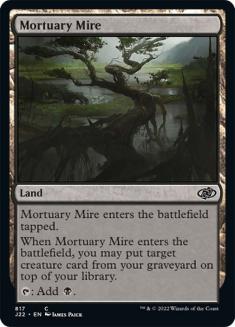
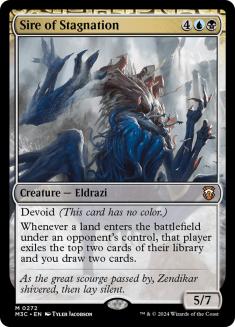
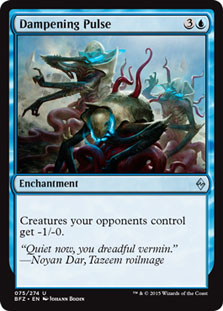
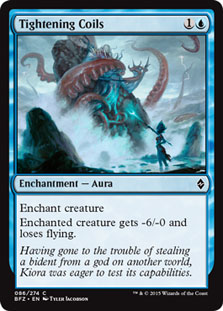


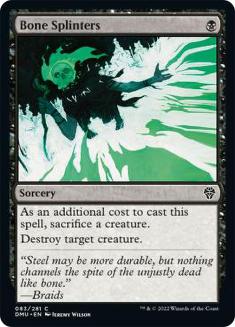
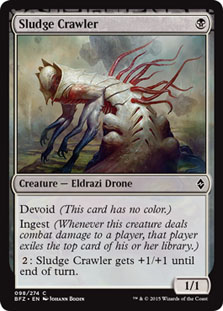
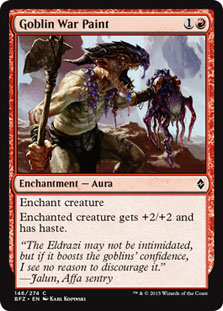

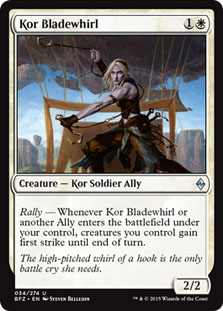
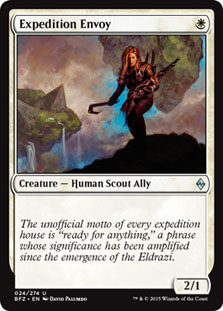
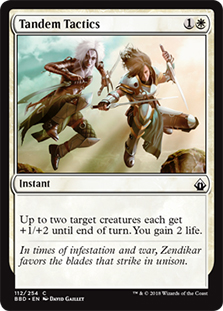
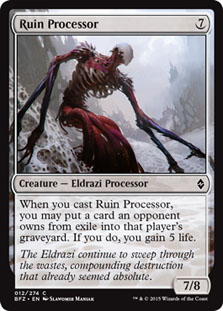
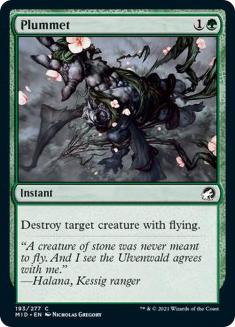
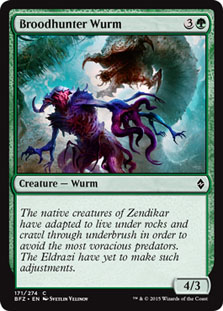

Here, we both had easy agreement on this bomb. Sire of Stagnation is fairly underwhelming if it pops down on the table on turn 20, but if you drop this
card on the table early, it is devastating. I’ve been on the other end of the early Sire, where I was forced to decide on whether to play a land or not,
and it feels horrible.
Since we both took a rare, we discussed what we’d do if it were trash, and we were both torn between the same two cards: Tightening Coils and Kor
Bladewhirl. Ultimately, we both thought that Kor Bladewhirl was the card, though only barely, but my friend was waffling much more than me and almost
switched over to the Coils. Starting out with a white Ally can end up in disaster, but at the same time, Allies is one of the reasonable Draft decks in the
format. Tightening Coils is a solid semi-removal spell in one of the best colors, didn’t look to have the potential for a reasonable card to come back in
the pack in the same color, whereas there might be a card that wheeled to join the Bladewhirl.
Pack 3
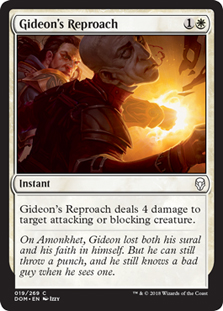
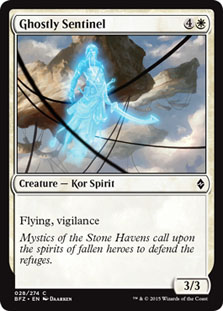

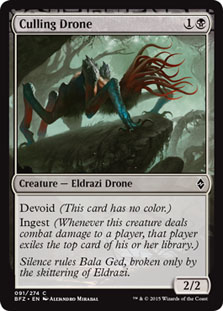

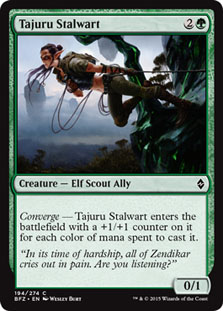
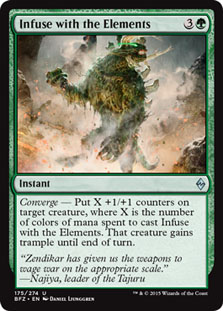
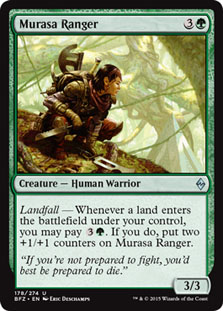
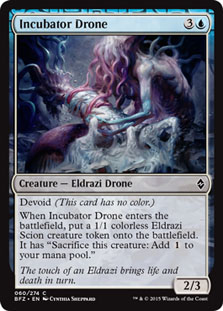

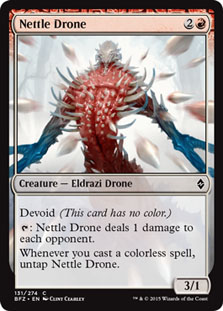
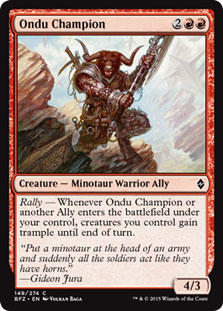
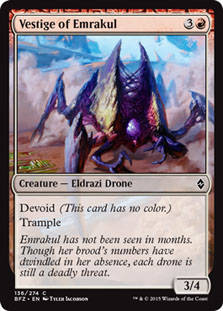
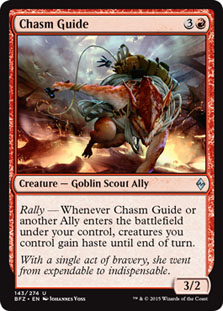
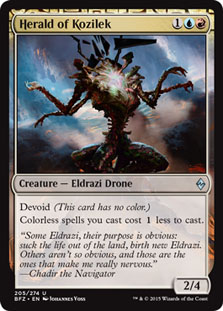
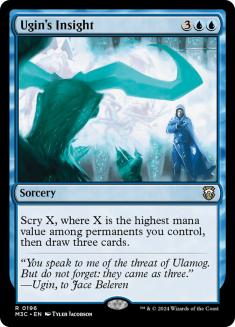

Here was another moment of agreement, though, again, there was a difference in degree. My friend was adamant about Ugin’s Insight being the pick, whereas I
was torn between it and what would ultimately be my backup pick, Gideon’s Reproach. I really value Gideon’s Reproach a lot, and it is one of my favorite
pieces of removal in the format. Ultimately, I went with Ugin’s Insight much less enthusiastically than my friend because of just how powerful card drawing
is, especially because it is great in so many different archetypes that would run blue.
Gideon’s Reproach ended up being both of our picks as the non-rare of the pack, with very little competition; despite my friend’s preference for R/U
Devoid, he still wasn’t interested in a Herald of Kozilek as a first-pick, if only because that pick could so easily be wasted if the remaining packs don’t
come together.
Pack 4


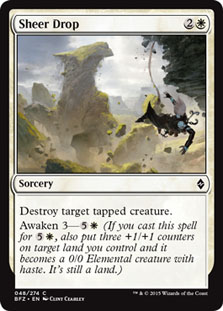
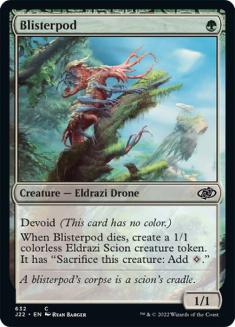

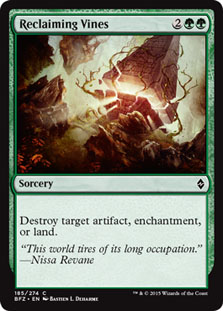
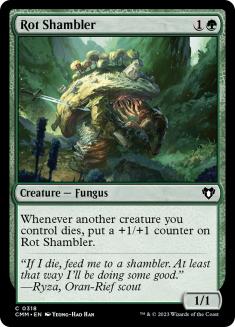
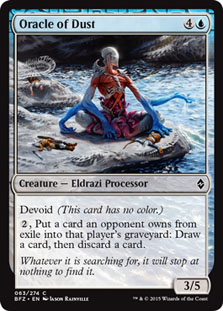
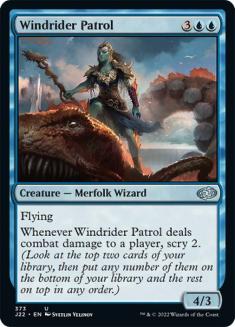


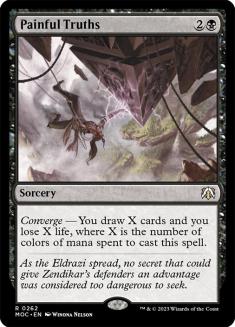
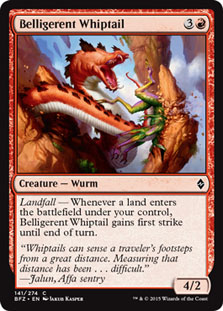
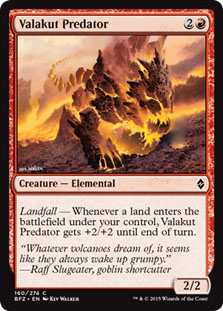

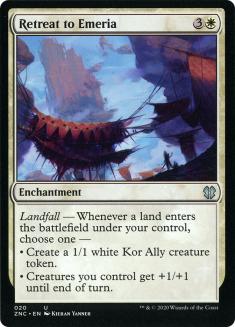

Yet another rare, and yet more agreement. Painful Truths can be gasoline in either of the common black-based devoid strategies. In a deck like W/B, it can
help solidify a more controlling gameplan. In a converge-oriented deck, it almost feels like a bomb, especially if your card quality is high, and you have
sufficient fixing. Painful Truths really requires that the rest of your deck be able to handle the life loss, so you’d better have a pretty tight list.
As for the non-rare pick, I was excited about Windrider Patrol, where my friend preferred Sheer Drop. I just think Windrider Patrol is an amazing card.
While a 4/4 would be the best size to hope for, 4/3 is still pretty great, dodging most removal, being great in combat, and outclassing most fliers. My
friend liked the Sheer Drop just to try to monopolize white control cards earlier.
Pack 5






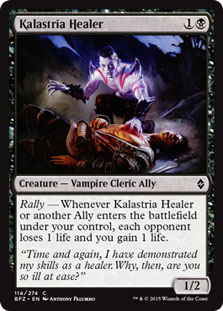
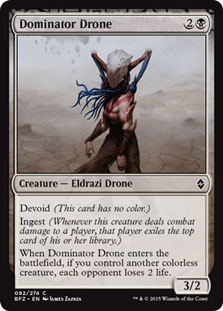
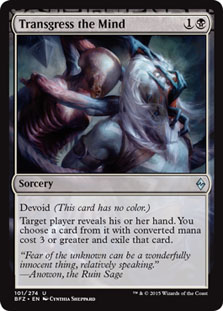

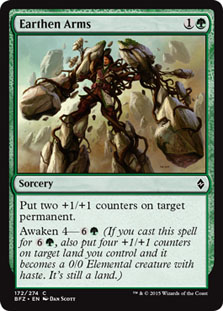

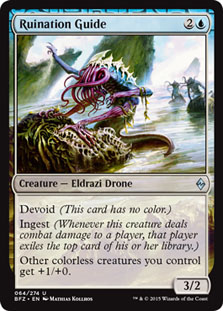


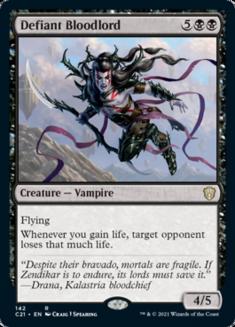

This card feels like it can actually be a bomb, especially if you’ve had the good fortune to make a drop on turn 1 and 2. “Lord” effects which pump up
whole classes of cards are always good, but this one is especially great because it also has Ingest and is a powerful body in its own right.
Defiant Bloodlord does not excite me to the same degree simply because, for the mana cost, it doesn’t feel like the payoff is sufficient. The
lifegain in this format is not usually wildly powerful, so it feels like it almost only has a single ability: Flying. Conversely, Ruination Guide feels
like it is good on its own and good in combination with other cards, and it hits the table fast.
We both agreed this felt like an easy pick.
Pack 6


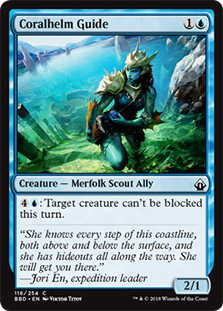
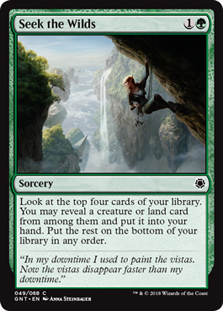

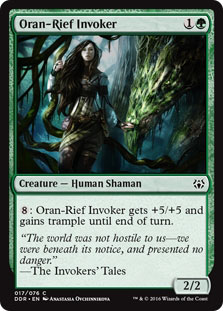

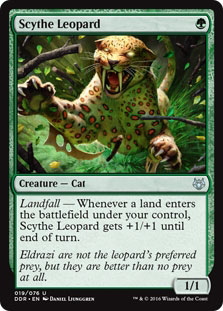
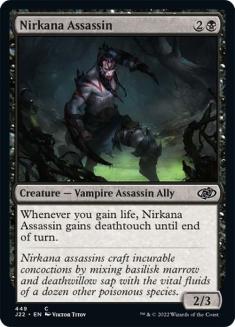

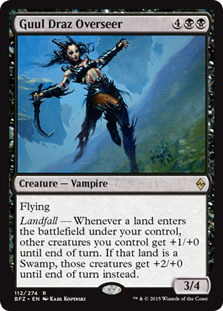
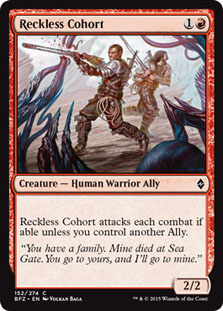
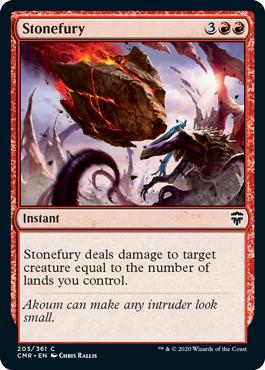

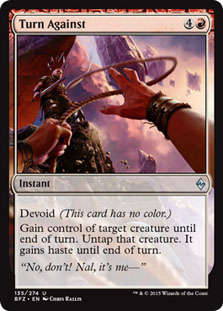
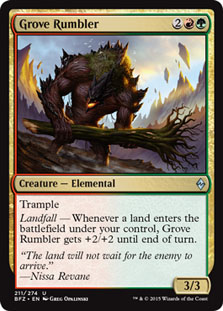

Here, neither of us love the Guul Draz Overseer at all, but we both took different red controlling cards. I’ve come to love Stonefury because it feels a
bit like a purely reliable creature-kill spell that can basically take out anything that isn’t huge or indestructible (and sometimes it can even take out
something truly huge). The reliability of it as a removal card is what drew me to it. My friend preferred Turn Against as a potential two-for-one, and as a
card that can end a game when you’re ready for an alpha strike.
The exercise completed, I turned my attention to building the Sealed deck on a timer, and gave my friend the card pool from one of my earlier Sealed decks
that I’d played in Indianapolis at the Super Sunday Series Qualifier. While discussing the draft pools felt really valuable as a collaboration, practice
building a Sealed deck really does require a timer, to keep you honest about the real pressure you have in a tournament setting. Our respective builds
would have been something we could have discussed, but as bad fortune would have it, they had to go before they finished their build.
On the other hand, here was the full Sealed pull from the six packs, above, and what I did with it:
Sealed
1 Plummet
One of the things that seemed really clear to me after looking at these cards was that I didn’t actually have all that many options. My green and white
were both incredibly weak, and my bombs were all confined to Team Grixis. There were a few good white removal spells and some solid cards in green, but
nothing to actually draw one in entirely.
Looking at black, red, and blue, the black base actually looked pretty solid, with five early ingest creatures, and a few reasonable payoffs in it. There
were some question marks on whether to go all-in on Devoid and make this a Swarm Surge deck, but I still really liked the look of Valakut Invoker, and so I
ended up with a full on three-color build without Swarm Surge.
The first build of the deck looked like this:
Creatures (16)
- 1 Dominator Drone
- 1 Skitterskin
- 1 Herald of Kozilek
- 1 Culling Drone
- 1 Murk Strider
- 1 Sire of Stagnation
- 1 Ruination Guide
- 1 Nettle Drone
- 1 Vile Aggregate
- 1 Ruin Processor
- 2 Sludge Crawler
- 2 Valakut Invoker
- 2 Vestige of Emrakul
Lands (18)
- 7 Swamp
- 6 Mountain
- 4 Island
- 1 Mortuary Mire
Spells (6)

This is a fairly obvious way to think about building the deck, though it has the clear weakness of actually being a full on solid three-color deck. When
you lay it out by color, though, you find that you have a near even split on the colors in the deck, even if you are relying on the early black. The deck
just feels too good in card quality to be so evenly split in colors.
If you look at the color breakdown, something stands out. Ultimately, the only black in the deck that is truly exciting ends up being Sire of Stagnation
and Painful Truths. So, why not just splash that?
The reason comes out once you lay that build of the deck out:
Creatures (16)
- 2 Incubator Drone
- 1 Herald of Kozilek
- 1 Murk Strider
- 1 Sire of Stagnation
- 1 Coralhelm Guide
- 1 Ruination Guide
- 1 Nettle Drone
- 1 Vile Aggregate
- 1 Oracle of Dust
- 1 Windrider Patrol
- 1 Ruin Processor
- 2 Valakut Invoker
- 2 Vestige of Emrakul
Lands (18)
- 2 Swamp
- 7 Mountain
- 8 Island
- 1 Mortuary Mire
Spells (6)

The huge problem with this deck is that it does almost nothing on the first two turns. The other problem of the deck is that it has three Eldrazi
Processors, and almost no way to take advantage of them. Splashing black is admirable, but it results in a deck that is getting to the party too late, too
often.
Thinking about the necessity of the early black, the options are to reduce the blue or to reduce the red. If, however, you reduce the blue, it basically
means that you have practically no potential plays to join the few early black creatures. A Tightening Coils that is splashed will rarely hit the ground on
turn 2, and without any additional creature help from red that seems reasonable, I discarded the splash-blue build so that the curve could be more reliably
good in the earlygame.
Here is the U/B splash red build:
Creatures (15)
- 1 Dominator Drone
- 2 Incubator Drone
- 1 Skitterskin
- 1 Culling Drone
- 1 Murk Strider
- 1 Sire of Stagnation
- 1 Coralhelm Guide
- 1 Ruination Guide
- 1 Oracle of Dust
- 1 Ruin Processor
- 2 Sludge Crawler
- 2 Valakut Invoker
Lands (18)
- 8 Swamp
- 3 Mountain
- 6 Island
- 1 Mortuary Mire
Spells (7)

I can also see arguments for including Windrider Patrol (perhaps over Oracle of Dust) in the deck, as well as Transgress the Mind. Most of the rest of the
cards in the pool don’t make all that much sense to me.
There are weaker cards that are in the mix, here. Coralhelm Guide is not the greatest of cards, but I don’t mind the card simply being another play on turn
2 in a deck that can potentially be aggressive, or Coralhelm Guide playing a kind of living Shock by simply being around to block.
Incubator Drone is not a wonderful card (and perhaps this is where the Windrider Patrol makes it into the mix), but it is solid, and this is a deck that is
running Ruination Guide. My instincts tell me that I’d probably want the Windrider Patrol over the second Incubator Drone, but I was literally running out
of time on my deckbuilding clock, and I wanted to honor the pressure that I was under, time-wise, in making the decision.
Why is Windrider Patrol so worthwhile, given the real payoffs of staying Devoid with Dominator Drone, Ruination Guide, and Skitterskin? Well, simply put, a
four-power flier is awesome. Evasion is great, but hitting so hard is even better. It isn’t susceptible to Complete Disregard, and a lot of fliers can’t
get into a fight with it. At the same time, the scry ability can bury the opponent. If I hadn’t run out of time in my deckbuilding exercise, I’d have it in
my deck, though I’m actually uncertain, upon reflection, if it would replace Oracle of Dust or Incubator Drone.
Practice, practice, practice.
In the real world, I would likely have ended up with the Windrider Patrol in my deck, but with some card cut, in a kind of not-quite random fashion. This
pool is maybe somewhere around the 65th percentile of Sealed decks in my opinion (or maybe very slightly higher), and so there are some real arguments for
simply staying consistent. I’d like to say I’d cut the right card in that high pressure situation, but prepping to do that in the real world is what
practicing is for.
I actually like this final build, though I wouldn’t be incredibly pumped about it. On the other hand, it is a far cry better than this deck from a recent
online Sealed practice I did:
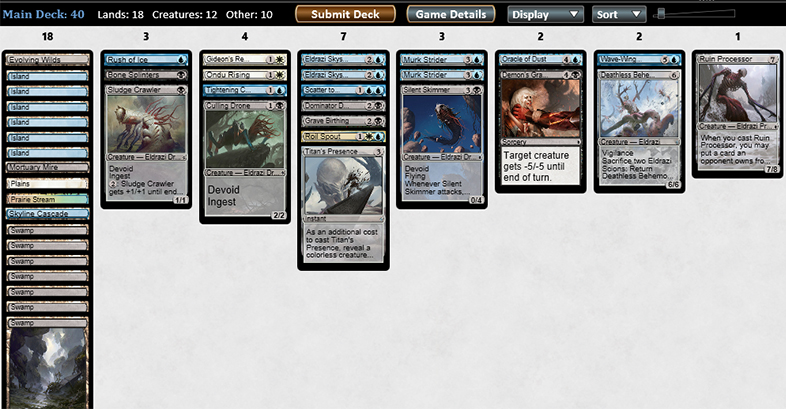
Creatures (12)
- 1 Dominator Drone
- 1 Deathless Behemoth
- 1 Culling Drone
- 2 Murk Strider
- 2 Eldrazi Skyspawner
- 1 Oracle of Dust
- 1 Ruin Processor
- 1 Silent Skimmer
- 1 Sludge Crawler
- 1 Wave-Wing Elemental
Lands (18)
Spells (10)

I went 1-2 with this deck online, and that felt about right for the deck. If you’re wondering what percentile I would put the pool this deck was a part of,
I’d say it was probably around the 40th percentile, despite the fact that it had some great rares, like Kiora, Oran-Rief Hydra, and others.
Ultimately, when it comes to any Magic format, to gain confidence in the format, you just have to do it as often as possible. If you only have so much time
and resources, rolling things together like imagining each pack in a Sealed as a potential pack one/pick one can be a great way to get a little more value
out of the experience.
I’m hoping that the work I’ve put into the format will pay off in #GPAtlanta. Just before the Pro Tour, I had a solid finish at #GPMadison, with a 7-2
Sealed (with a 60th percentile deck, I think) and a 5-1 Draft performance. This weekend, I’m going to cross my fingers for that mythical 99% deck.
Wish me luck!













